Complete Flood Emergency Kit Checklist for Every Household
When a flood happens, a flood emergency kit can be a lifesaver for your whole family during the waiting time for assistance. Preparing a Flood Kit ‘Grab bag’ is an essential step to reduce risks and increase your chances of survival, whether you decide to stay in your home or are evacuated to a rest centre. Follow the full checklist below to stay prepared!
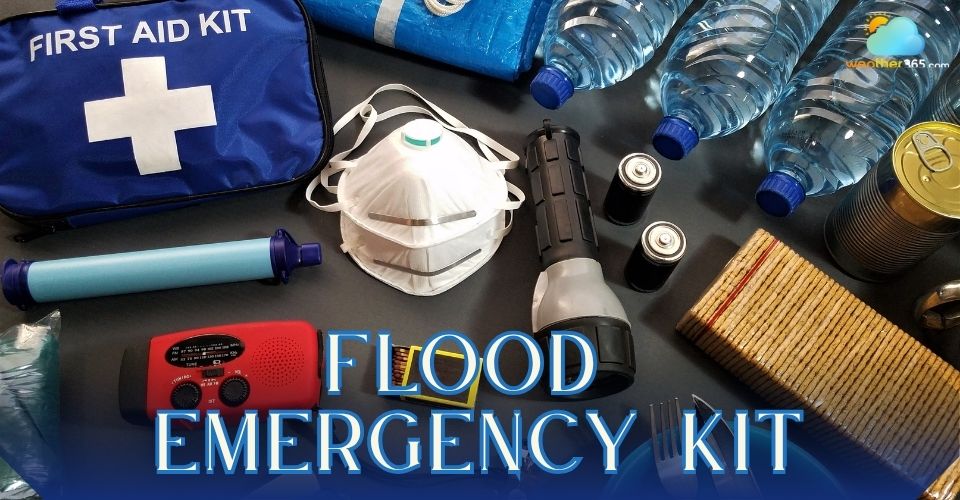
Prepare a flood emergency kit
- Flood emergency kit checklist: Water & Food
- Flood emergency kit checklist: First aid & Health
- Flood emergency kit checklist: Light & Communication
- Flood emergency kit checklist: Important documents & Money
- Flood Emergency Kit Checklist: Safety & Tools
- Flood emergency kit checklist: Clothing & Comfort
- Flood emergency kit locations
- Home:
- Work:
- Car:
Flood emergency kit checklist: Water & Food
One of the important flood safety tips is to prepare enough water and food during a flood.
It’s advised that the water and food are sufficient for 3-5 days.
-
Water:
During a flood, the local water sources can be contaminated with chemicals, sewage, or debris. Therefore, storing clean drinking water is essential.
The recommended supply is 1 gallon (about 4 liters) of water per person per day, which covers both drinking and basic sanitation needs.
For a minimum of three days, one person will need at least 3 gallons (12 liters). Consider storing water in sealed, food-grade containers and keeping them in a cool, dark place.
-
Non-perishable food:
When a flood comes, power can be cut off along with the contaminated water source. You should prepare non-perishable food which don't require cooking.
Easy-to-prepare items include canned goods with a manual can opener, energy bars, dried fruit, nuts, and ready-to-eat cereals.
-
Manual can opener:
If your food supply includes canned goods, a manual can opener is essential. Note that electric openers may not work during power outages.
-
Eating utensils:
Pack disposable plates, cups, and plastic cutlery for convenience and hygiene, especially when water for cleaning dishes is limited.
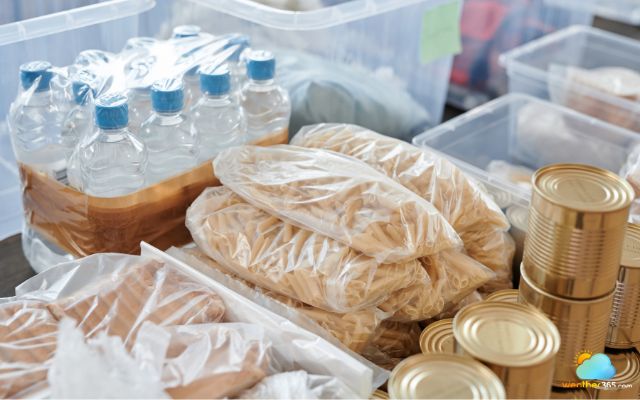
Prepare water and non-perishable food before a flood
Flood emergency kit checklist: First aid & Health
-
First-aid kit:
A well-stocked first-aid kit is critical in any emergency, especially during floods when medical help may be delayed.
Your kit should include: Bandages, antiseptic wipes, gauze, medical tape, pain relievers, allergy medication, and hydrocortisone cream.
-
Prescription medications:
If you are undergoing special treatment, pack at least a 7-day supply of essential prescription medications.
Let's label drugs clearly and store them in waterproof packaging.
Besides, you should note or print a list of each medication, dosage, and prescribing doctor for reference in case of emergencies.
-
Over-the-counter medications:
Apart from prescription drugs, it's also advised to prepare common medicines to manage unexpected health issues, such as: Pain relievers (acetaminophen, ibuprofen), Allergy medications (Zyrtec, fexofenadine, loratadine), Anti-diarrheal tablets ( Loperamide, Bismuth subsalicylate), Antacids for indigestion ( Tums, Zantac, Calcium antacid), and Laxatives (Clenpiq, Gialax, Dulcolax).
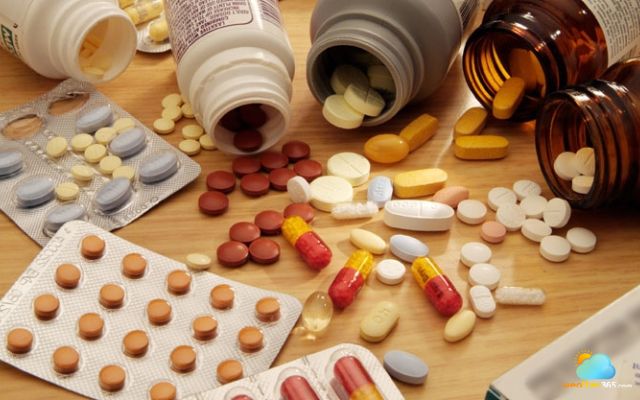
Prepare essential drugs before a flood
-
Personal hygiene items:
Flood conditions often limit access to clean water, so having personal hygiene supplies helps prevent infections and maintain comfort.
Some essential things are hand sanitizer and antibacterial soap, wet wipes, toilet paper and tissues, feminine hygiene products, toothbrushes, toothpaste, and deodorant
-
Face masks:
Flooding can stir up dust, mold, and contaminants, making air quality hazardous.
Wear N95 or similar masks to reduce exposure to harmful particles and pathogens, especially in areas prone to post-flood mold outbreaks.
Flood emergency kit checklist: Light & Communication
-
Flashlight:
A flashlight is essential when power outages occur during flooding. Choose a durable, waterproof model and pack extra batteries in a sealed bag to keep them dry.
A bright LED flashlight is preferred because it lasts longer and provides stronger illumination.
-
Headlamp:
A headlamp allows hands-free lighting, which is especially useful when carrying supplies, navigating in the dark, or performing first-aid tasks.
Make sure to include extra batteries and check its functionality before storing it in the kit.
-
Battery-powered or hand-crank radio:
A NOAA Weather Radio or any battery-powered/hand-crank radio keeps you updated on flood warnings, evacuation orders, and weather changes when internet or cell service fails.
A hand-crank model is ideal as it doesn’t rely on batteries.
-
Whistle:
A whistle is a small but powerful lifesaving tool.
It allows you to signal for help when stranded or trapped, especially in noisy or chaotic environments.
One whistle per family member is recommended.
-
Fully charged power bank(s) for cell phones:
Pack multiple power banks to keep cell phones and small electronics charged.
Choose high-capacity, waterproof models and include charging cables for all your devices. Consider solar-powered or hand-crank options for extended outages.
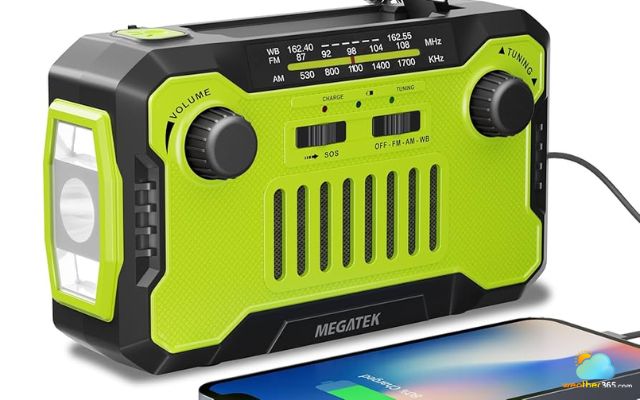
Prepare NOAA emergency weather radio
You may also like this: Which US state often have flood?
Flood emergency kit checklist: Important documents & Money
-
Waterproof container/bag:
Keep all critical documents in a waterproof and fire-resistant container or resealable plastic bag.
This prevents water damage during flooding and ensures easy access when you need it most.
Choose a container that is portable and easy to grab in an emergency.
-
Copies of vital documents:
Prepare both physical and digital copies of essential documents:
➤ Personal Identification: Driver’s license, passport, Social Security cards.
➤ Family Records: Birth certificates, marriage certificates, adoption papers.
➤ Financial & Property Records: Home, auto, and health insurance policies, bank account records, deeds, vehicle titles, and tax records.
➤ Medical Records: Vaccination records, prescriptions, and healthcare information.
Keep one set at home in your emergency flood kit and another securely off-site or in cloud storage.
-
Cash:
ATMs and card payment systems may fail in disasters, leaving cash as your only option.
Pack small bills (e.g., $1, $5, $10, and $20 notes) to cover food, gas, or emergency supplies.
-
Local maps:
Floods often disrupt internet and mobile networks, making digital navigation unreliable.
Take paper maps of your local area and evacuation routes to ensure you can navigate safely if technology fails.
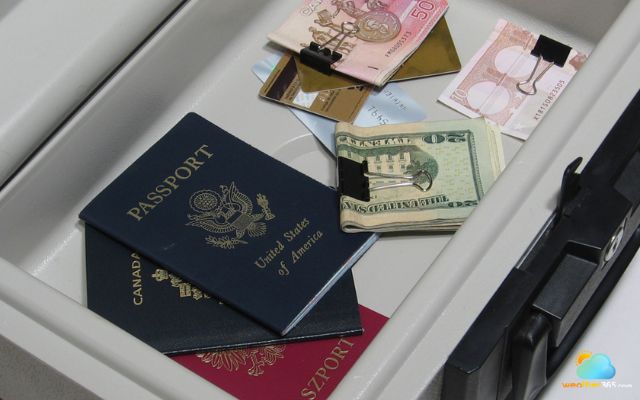
Keep all critical documents in a waterproof and fire-resistant container
Flood Emergency Kit Checklist: Safety & Tools
-
Multi-tool or utility knife:
A compact multi-tool with a knife, screwdriver, and small scissors is perfect for quick fixes and cutting ropes, plastic, or fabric.
A utility knife is equally useful for opening packages or cutting through materials safely.
-
Wrench or pliers:
Flooding may damage gas and water lines. Having a sturdy wrench or pliers helps you can quickly shut off utilities to prevent leaks, explosions, or electrical hazards.
-
Gloves:
Pack heavy-duty work gloves to protect your hands while clearing debris, handling wet materials, or moving sharp objects.
Thick gloves reduce the risk of cuts, scrapes, and infection from contaminated water.
-
Duct tape and plastic sheeting:
These versatile items can be used for temporary home repairs, sealing broken windows, patching leaks, or even creating a makeshift shelter if needed.
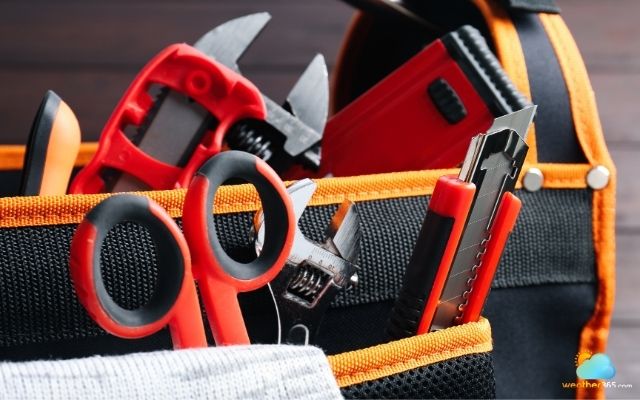
Having the right tools and safety gear is crucial during and after a flood
Flood emergency kit checklist: Clothing & Comfort
-
Clothes:
Pack at least one full set of dry clothes per person, including underwear and socks.
Choose long-sleeved shirts and long pants to protect against cold, mosquitoes, and contact with contaminated floodwater.
Consider layering options if you live in colder climates.
-
Sturdy, waterproof shoes or boots:
Flooded areas often hide sharp objects, mud, and slippery surfaces.
Waterproof boots or shoes with strong soles will keep your feet dry and reduce the risk of cuts, infections, and falls.
-
Rain gear:
A durable raincoat or poncho helps keep you dry when moving through wet areas or waiting outside for assistance.
Lightweight rain gear is easy to store and quick to put on when weather conditions change suddenly.
-
Sleeping bag or warm blanket:
Power outages and evacuation shelters can mean cold nights.
Pack one sleeping bag or thermal blanket per person to maintain warmth and ensure comfort during overnight stays away from home.
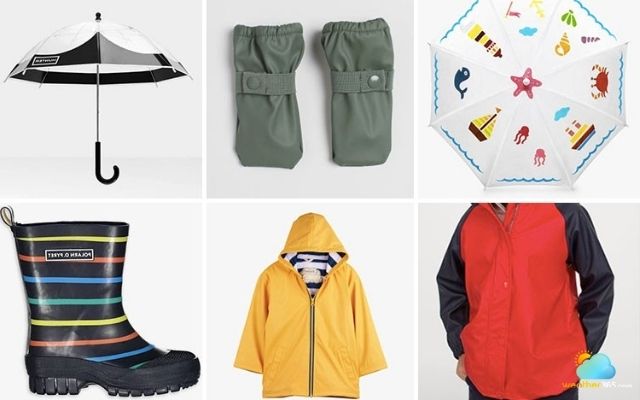
Flood essentials
Flood emergency kit locations
Emergencies can happen anywhere; it’s important to have kits prepared for home, work, and your car. Each location has different needs, so plan accordingly:
Home:
Keep your main emergency kit flood in a designated, easily accessible location.
It can be a hall closet or near an exit, where it can be grabbed quickly if you need to evacuate.
Ensure every family member knows where it is and what it contains.
Store it in a waterproof container or bag to protect it from moisture or floodwater.
Work:
Emergencies can strike while you’re at work, so prepare to shelter in place for at least 24 hours.
Your work kit should include food, water, medications, and comfortable walking shoes in case you need to evacuate on foot.
Pack these items in a “grab-and-go” bag that fits easily under your desk or in a locker.
Car:
Floods and road closures can leave you stranded in your vehicle.
Keep a compact emergency kit for flood in your trunk, including water, non-perishable food, a flashlight, batteries, a blanket, and a basic first-aid kit.
Don’t forget jumper cables, a phone charger, and rain gear. These essentials can be lifesaving if you are stuck or need to travel during severe weather.
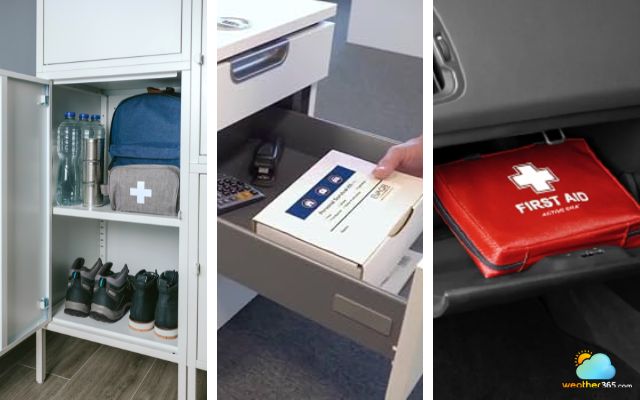
Locations for storing a flood emergency kit
The bottom line
Having a well-prepared flood emergency kit is essential to safeguard yourself and your loved ones when floodwaters rise. Remember, preparation not only helps minimize risks but also provides peace of mind during uncertain times. Follow our guide and prepare your flood emergency kit today to ensure you’re ready for whatever nature may bring.

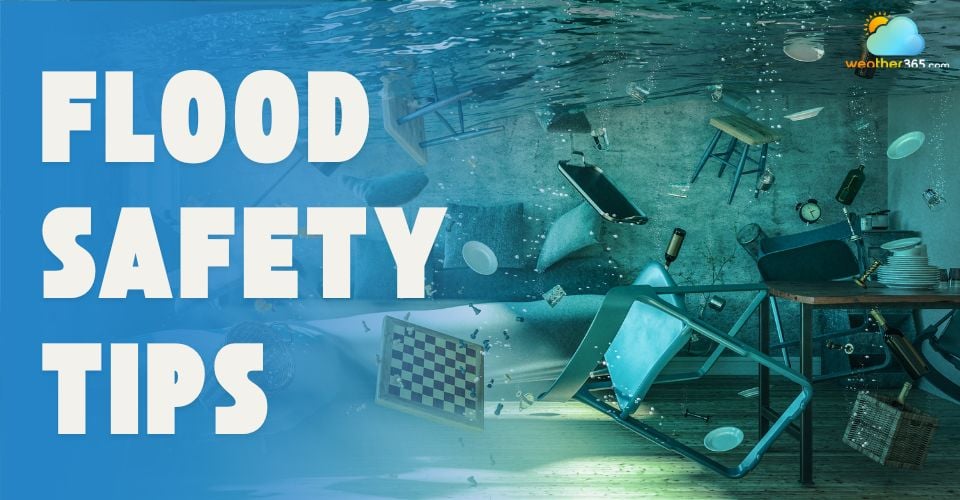
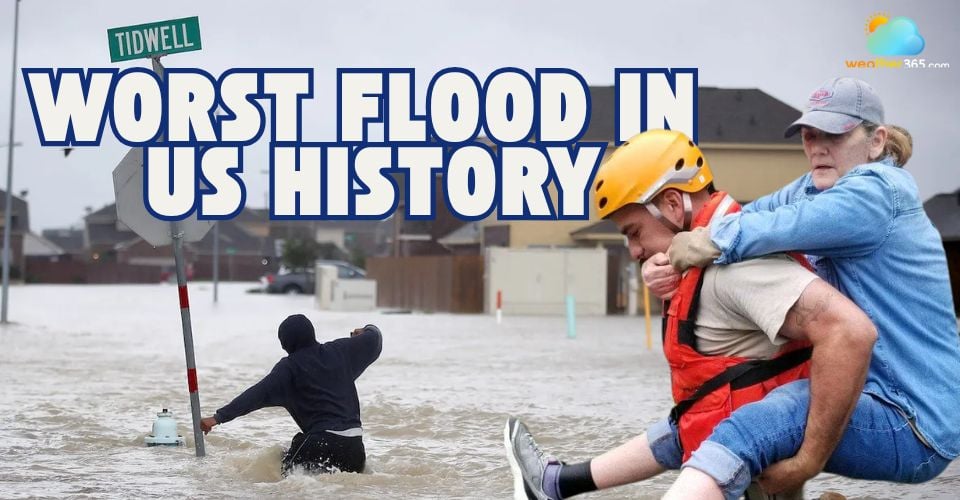
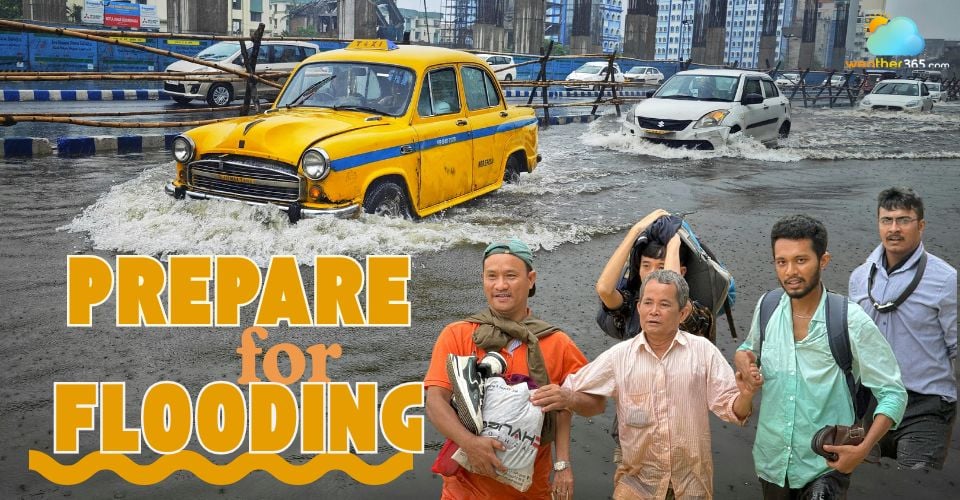
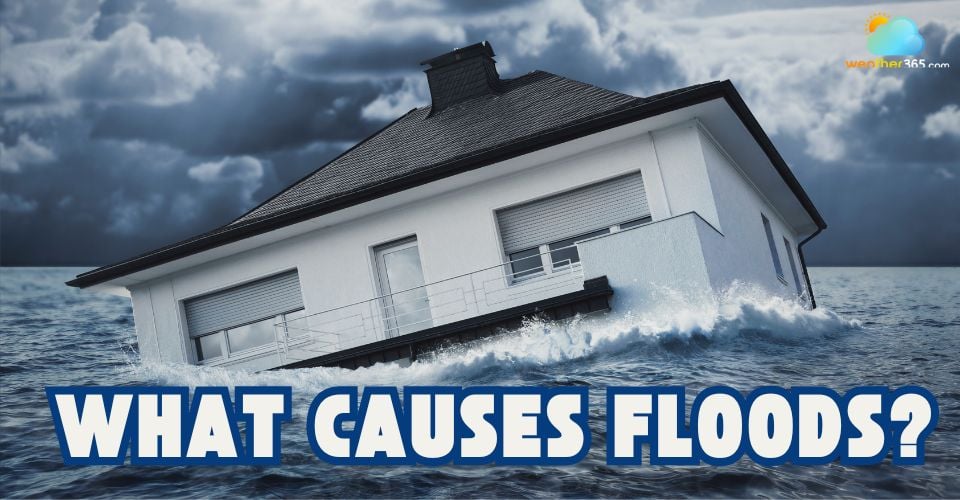
0 Comment
Leave a comment
Your email address will not be published. Required fields are marked *